Belt squats have carved out a well-deserved spot in strength training routines, especially for lifters who want to build powerful legs without placing excessive strain on the spine. Whether you're training around a back injury or simply looking for a way to add volume without loading your upper body, belt squats offer a uniquely effective and accessible solution. But not all setups are created equal. Let’s break down the best belt squat machines, attachments, and belts—plus some insight from hands-on gym-floor experience.
What Makes the Best Belt Squat Machine?
The best belt squat machine balances biomechanical efficiency, comfort, and versatility. A good machine should allow for a natural, upright squat motion while distributing the load through the hips. Standout features to look for include:
-
Smooth weight tracking (lever arms or cables)
-
Adjustable foot platforms for stance variety
-
Comfortable belt anchor points at proper depth
-
Compact footprint if you're training at home
Some top-rated machines—like the Rogue Rhino or the Bells of Steel Belt Squat—offer a commercial-quality experience and allow for everything from squats to rows and marches. However, those on a budget or with limited space may find better value in high-performing attachments.
Best Belt Squat Attachments: Small Tools, Big Impact
If you’re not ready to commit to a full machine, the right belt squat attachment can transform your power rack or lever arm into a quad-blasting station. Here’s what separates the best belt squat attachments from the rest:
-
Secure load point placement to ensure vertical resistance
-
Compatibility with your rack or lever system
-
Strong, wobble-free construction for safe movement
-
Optional handles or platforms to stabilize your posture
Personally, I’ve used both DIY options and commercial attachments in different training environments. One of the most underrated setups I’ve used was a weight horn mounted low on a rack, paired with a loop belt and stacked bumper plates. It wasn't fancy, but it got the job done—and spared my lower back during heavy training cycles.
For lifters who want a more refined feel without buying an entire machine, products like the Squatmax-MD or rack-mounted belt squat levers offer a strong middle ground.
Choosing the Best Belt for Belt Squats
The belt itself is often overlooked—but it makes all the difference in comfort and performance. A poor-quality belt can dig into your hips, slip mid-set, or fail under load. Here’s what to look for in the best belt for belt squats:
-
Wide, padded design to distribute pressure
-
Reinforced D-rings or carabiner loops
-
Secure fit around the hips (not the waist)
-
Durability for high loads and reps
Brands like Spud Inc. and IronMind make purpose-built belt squat belts that outperform basic dip belts in both feel and function. I’ve had a Spud Inc. belt in my rotation for years—it’s tough, flexible, and doesn’t pinch, even under 300+ pounds.
Final Thoughts
Whether you're building a serious home gym or leveling up your commercial setup, choosing the best belt squat option depends on your goals, budget, and training space. Machines deliver the most polished experience, but well-made attachments and belts can offer 90% of the benefits at a fraction of the cost. Don’t underestimate the impact of load placement and belt quality—your legs will thank you, and your back will, too.

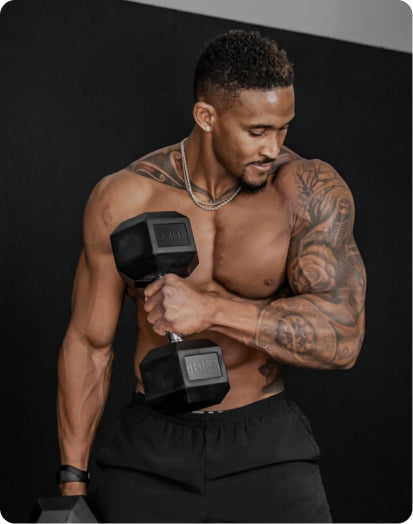
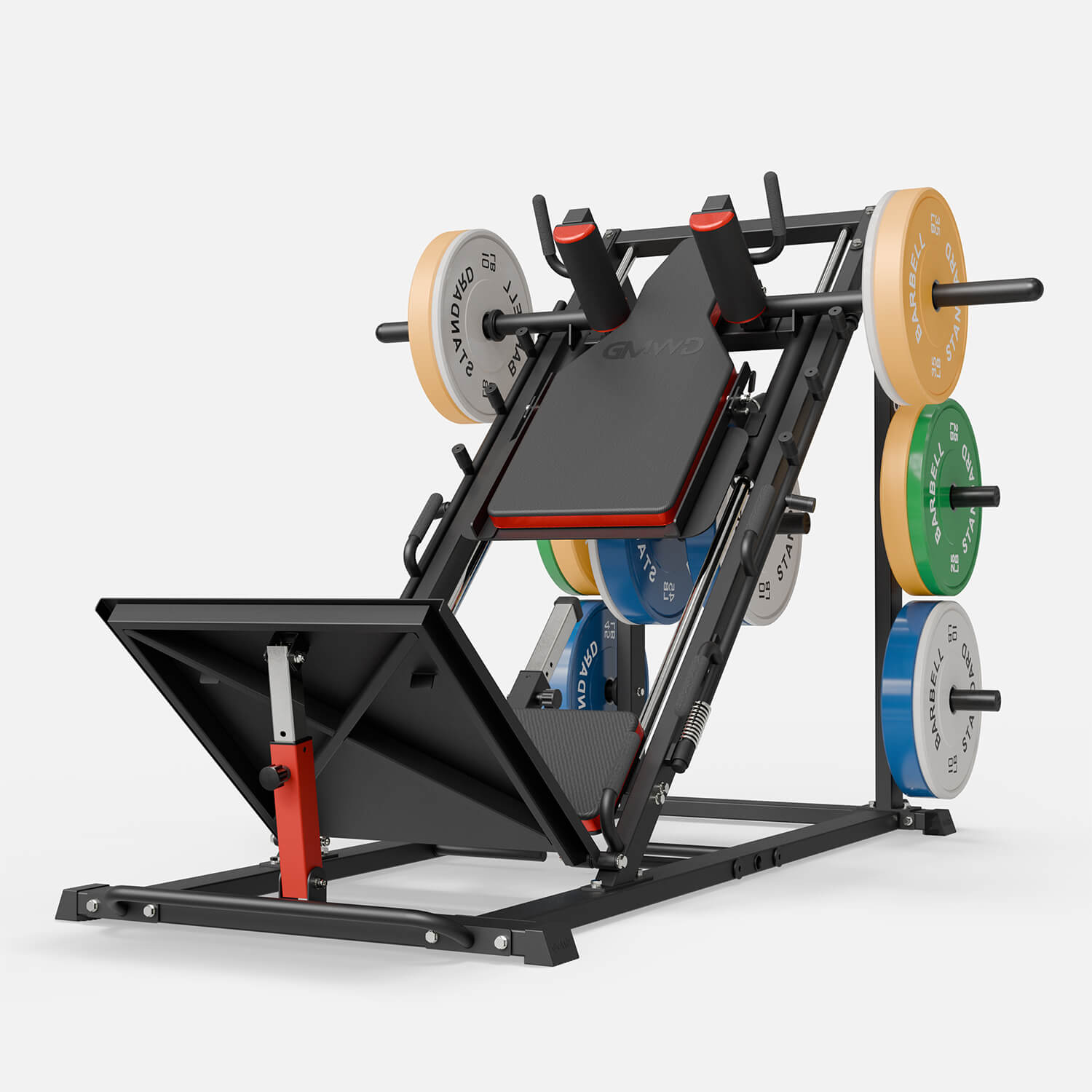

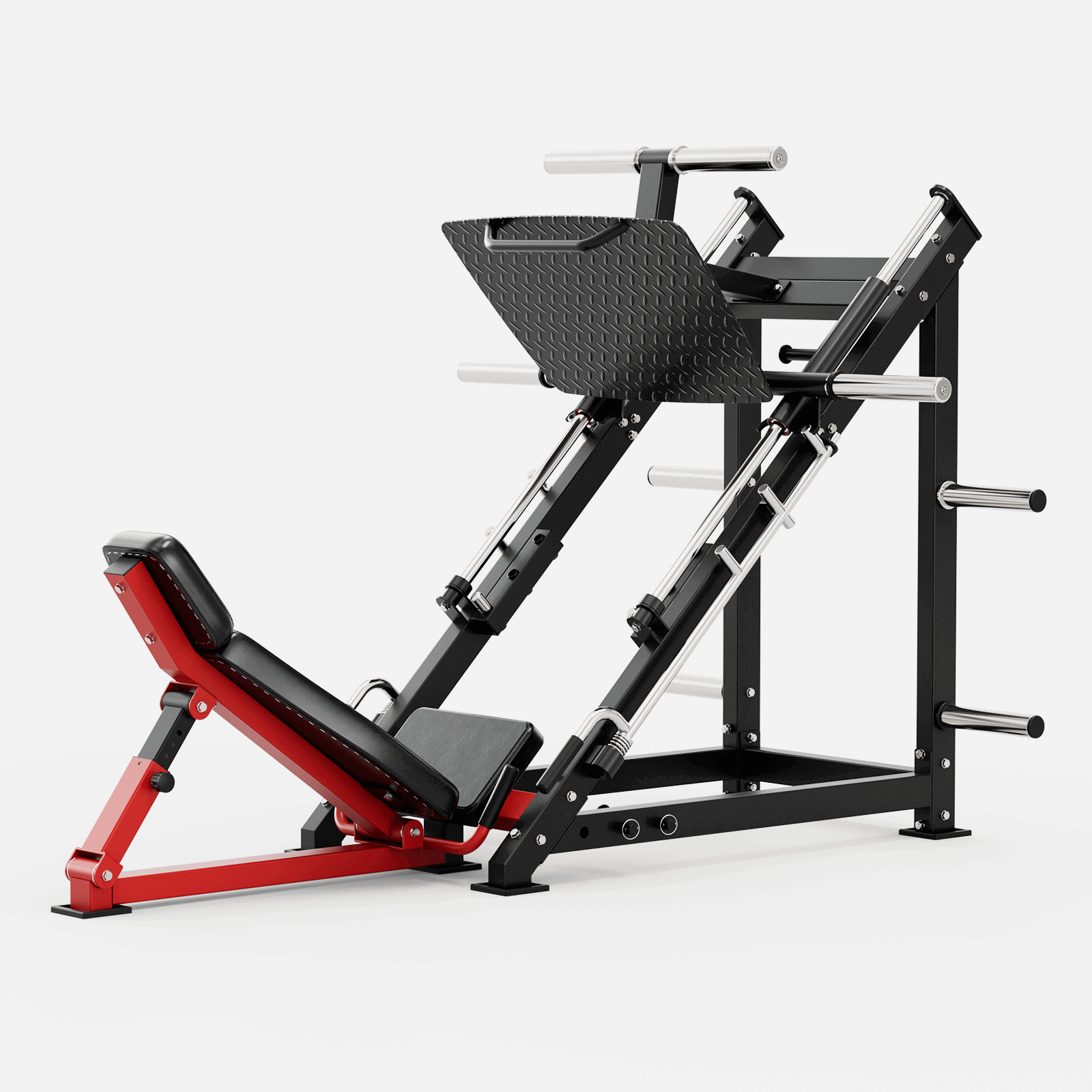
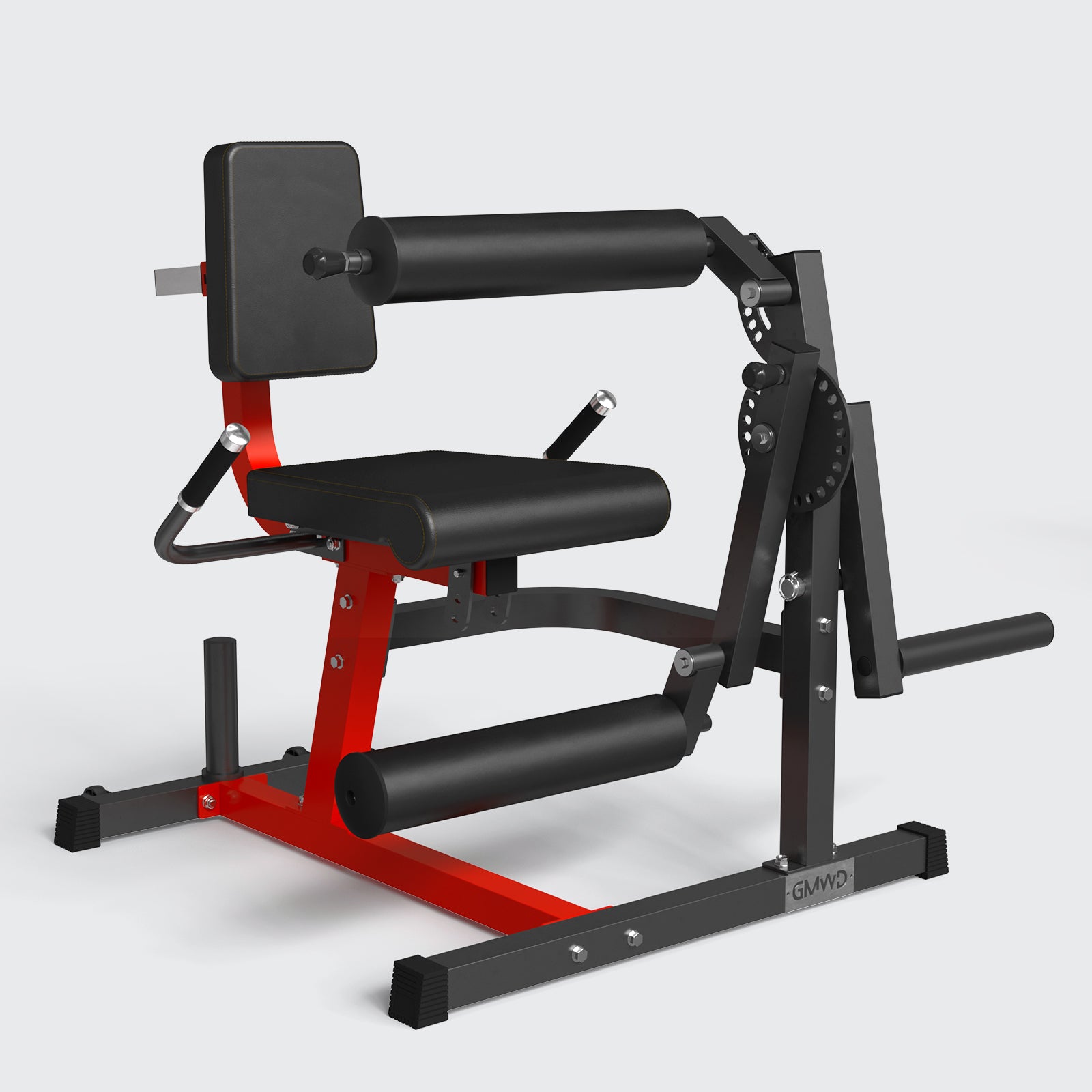
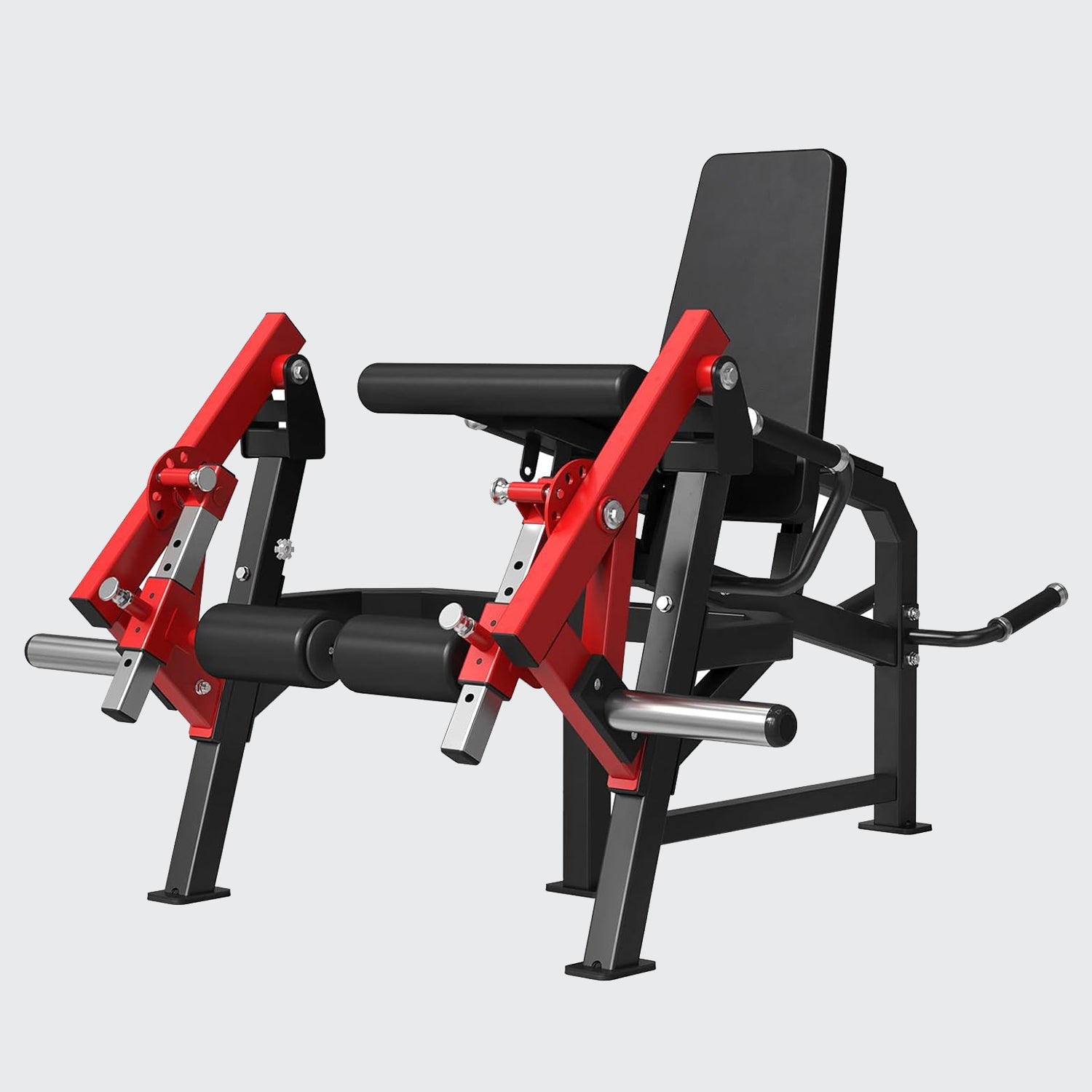
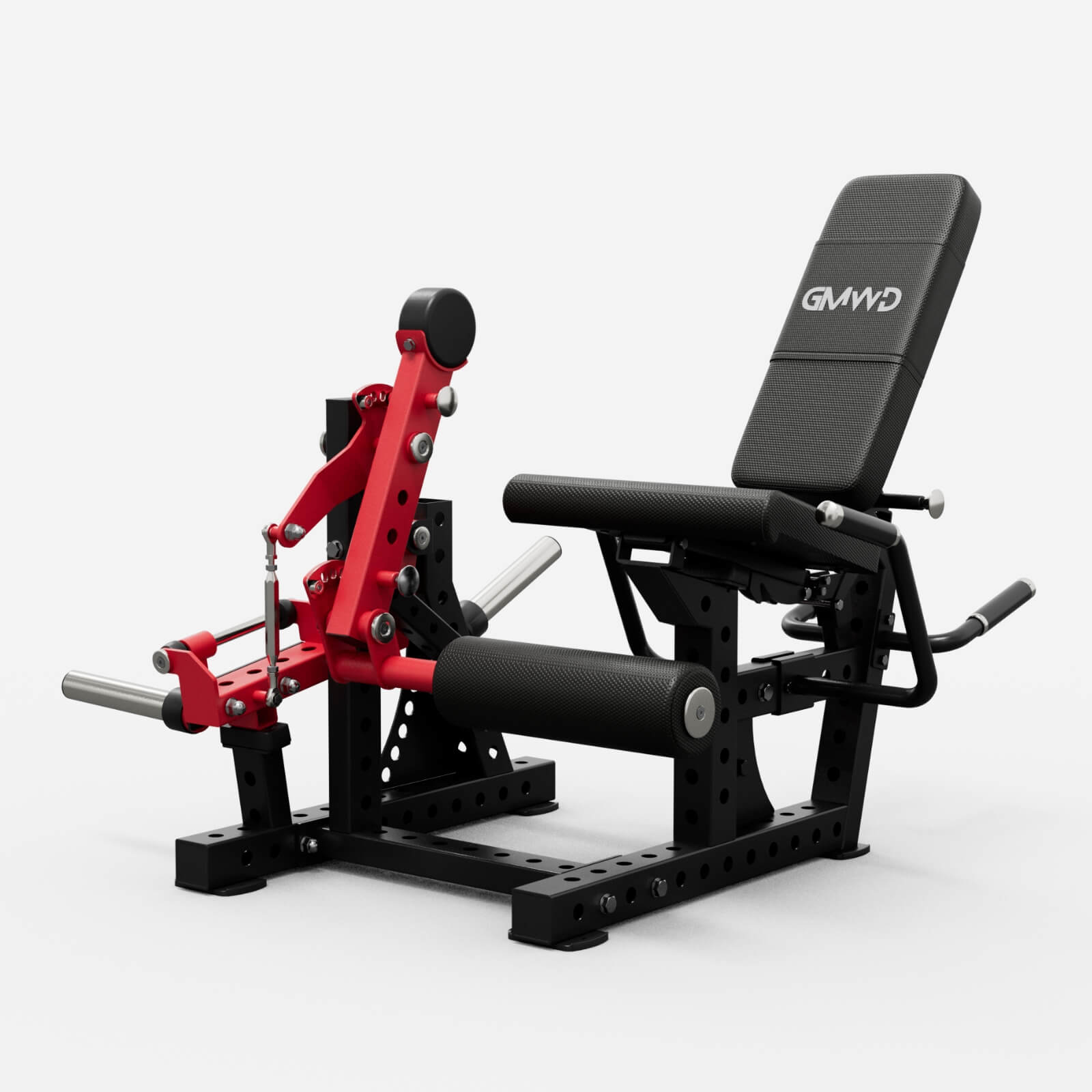
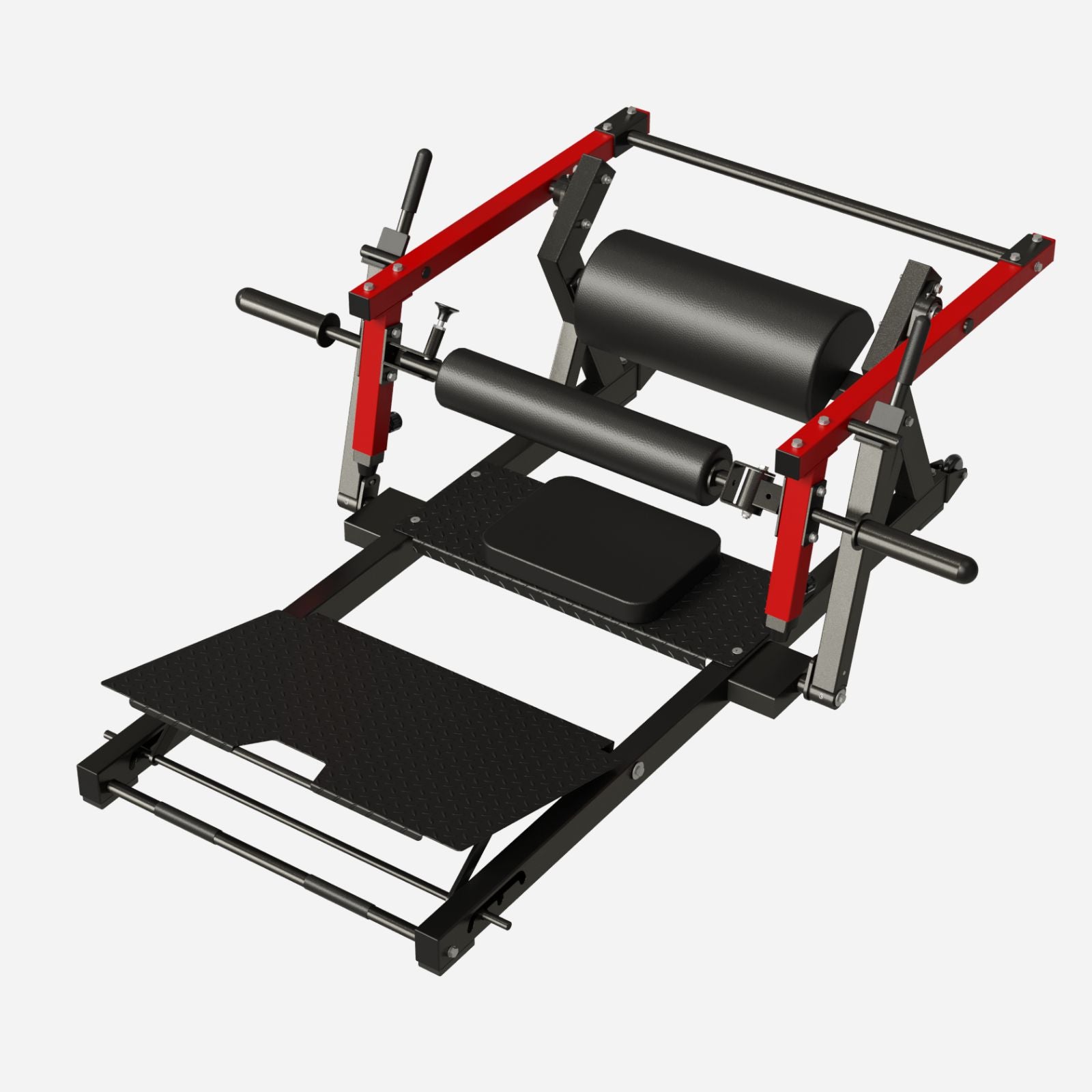
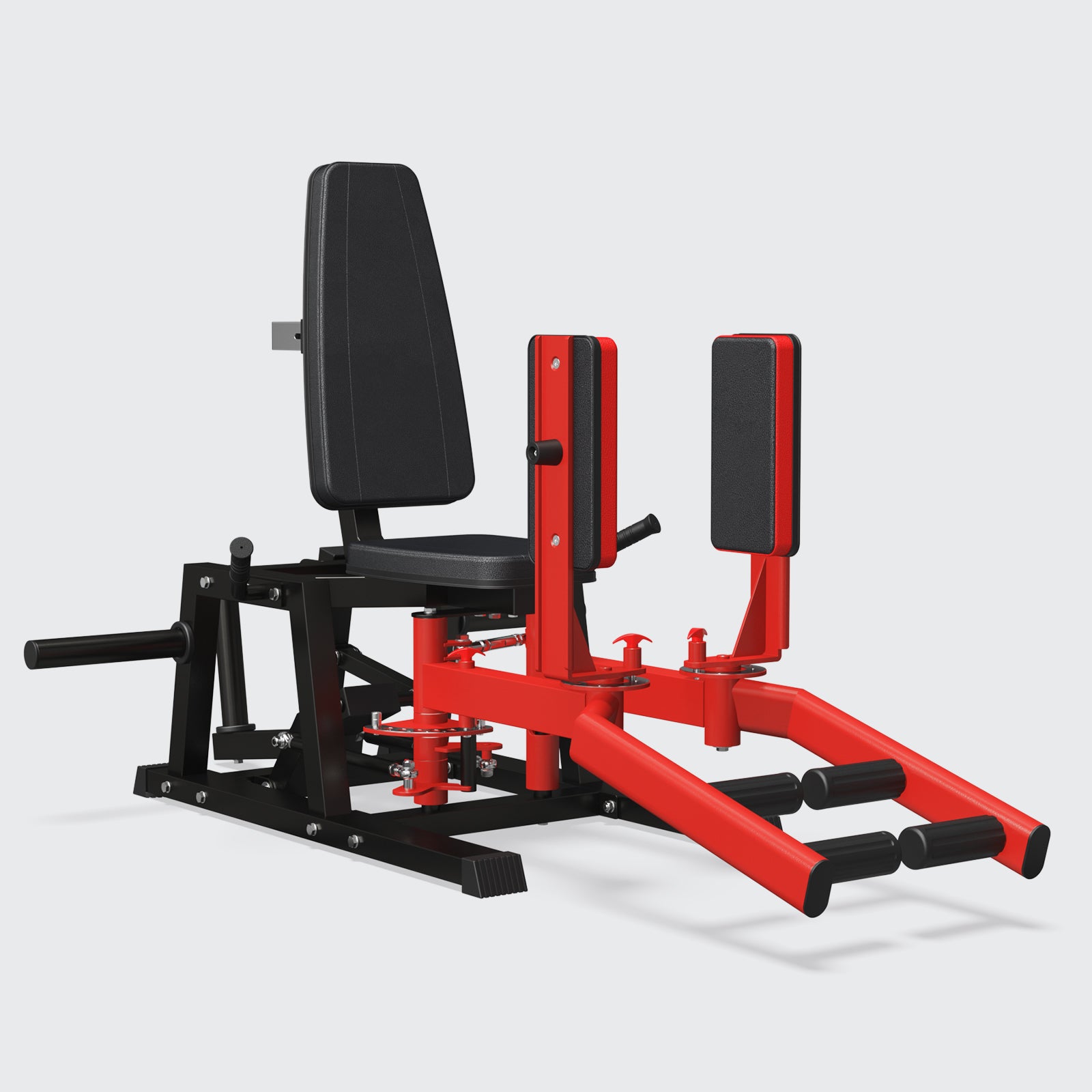


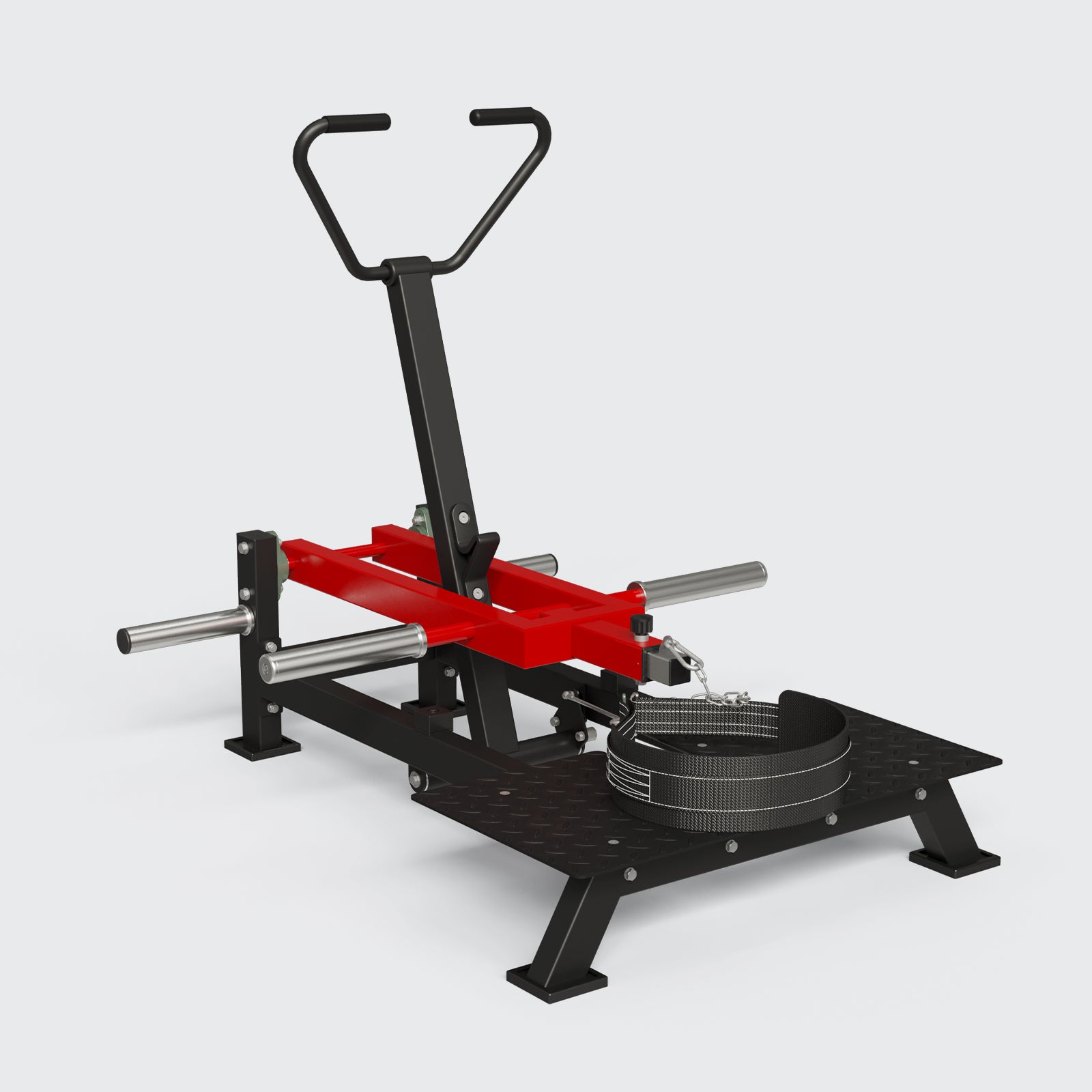
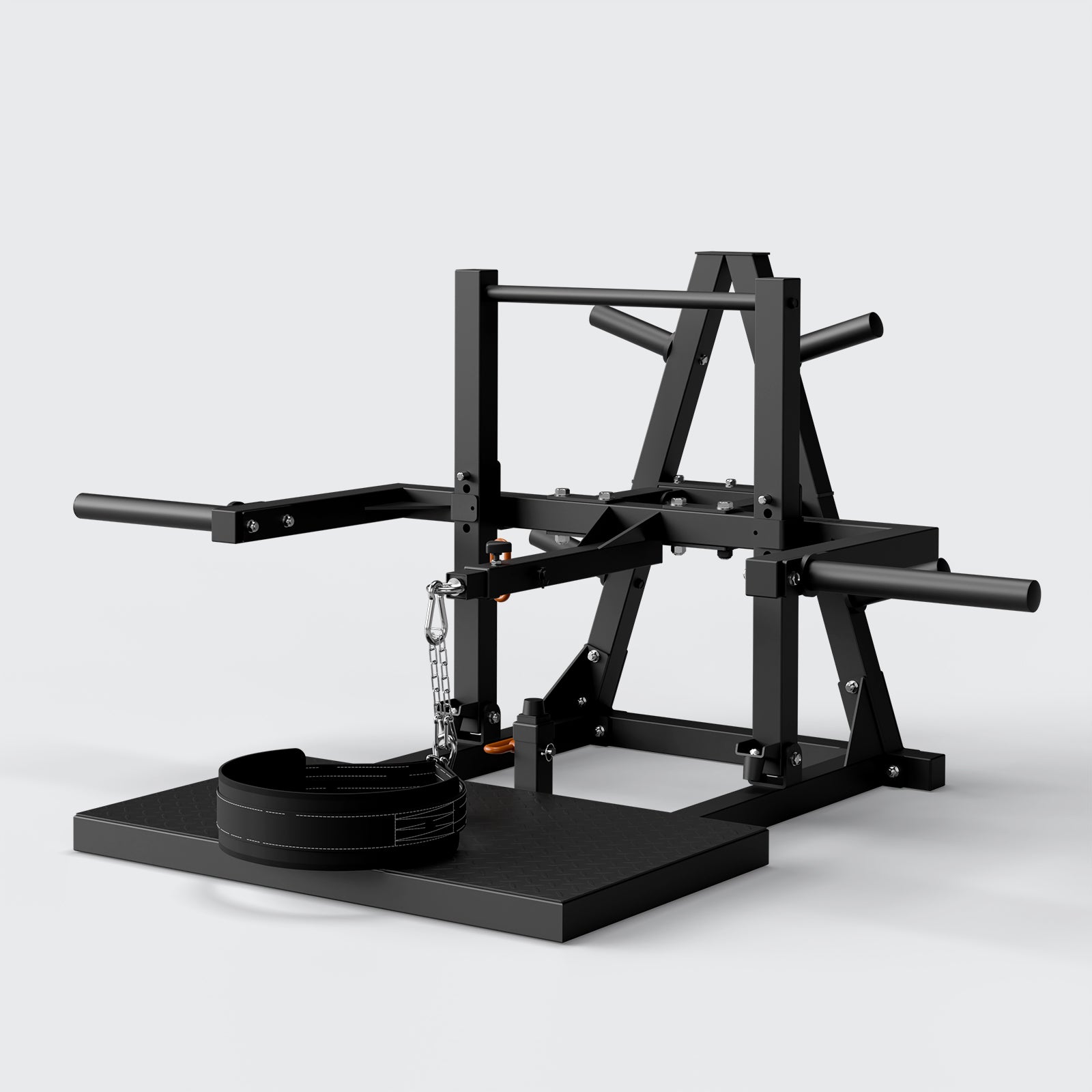

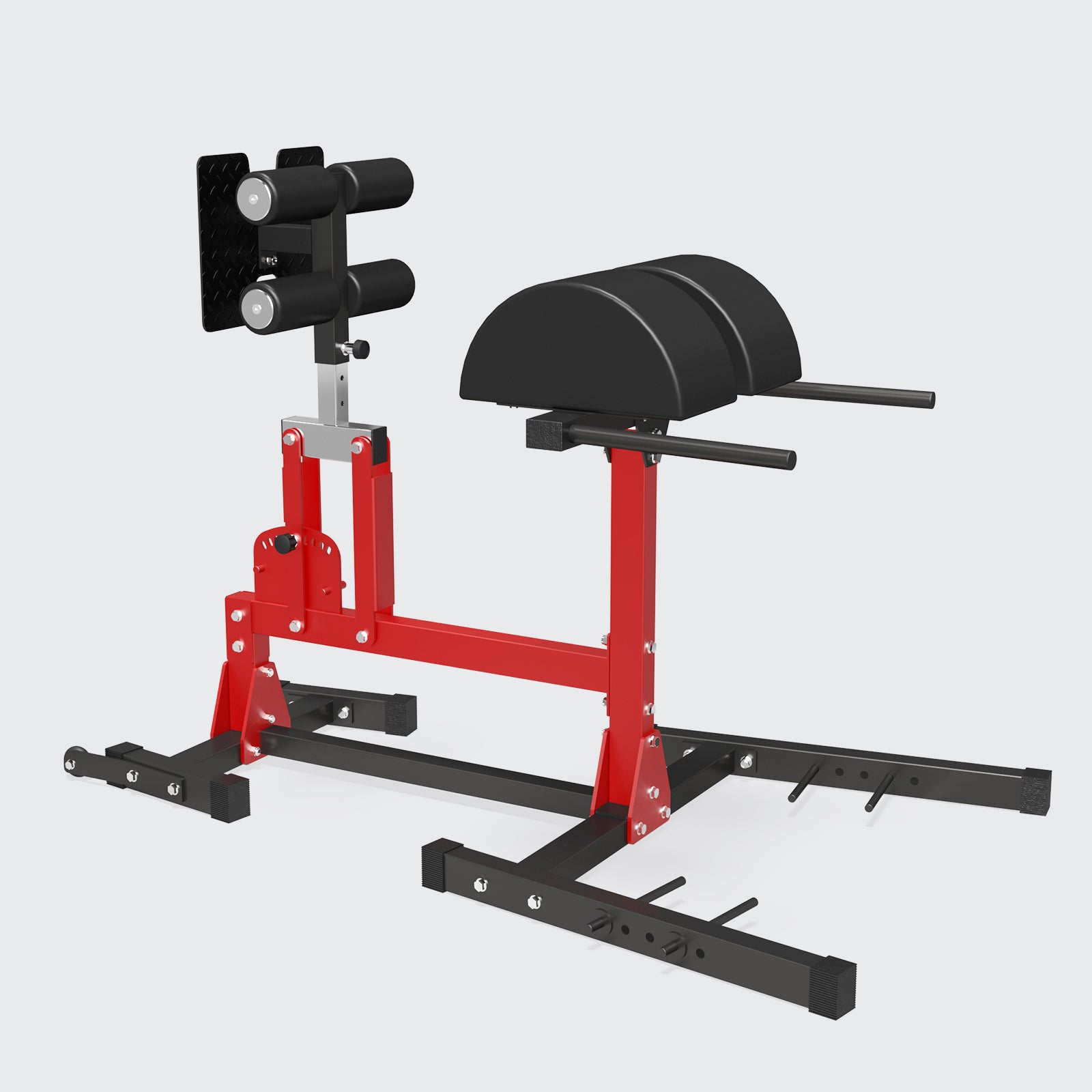

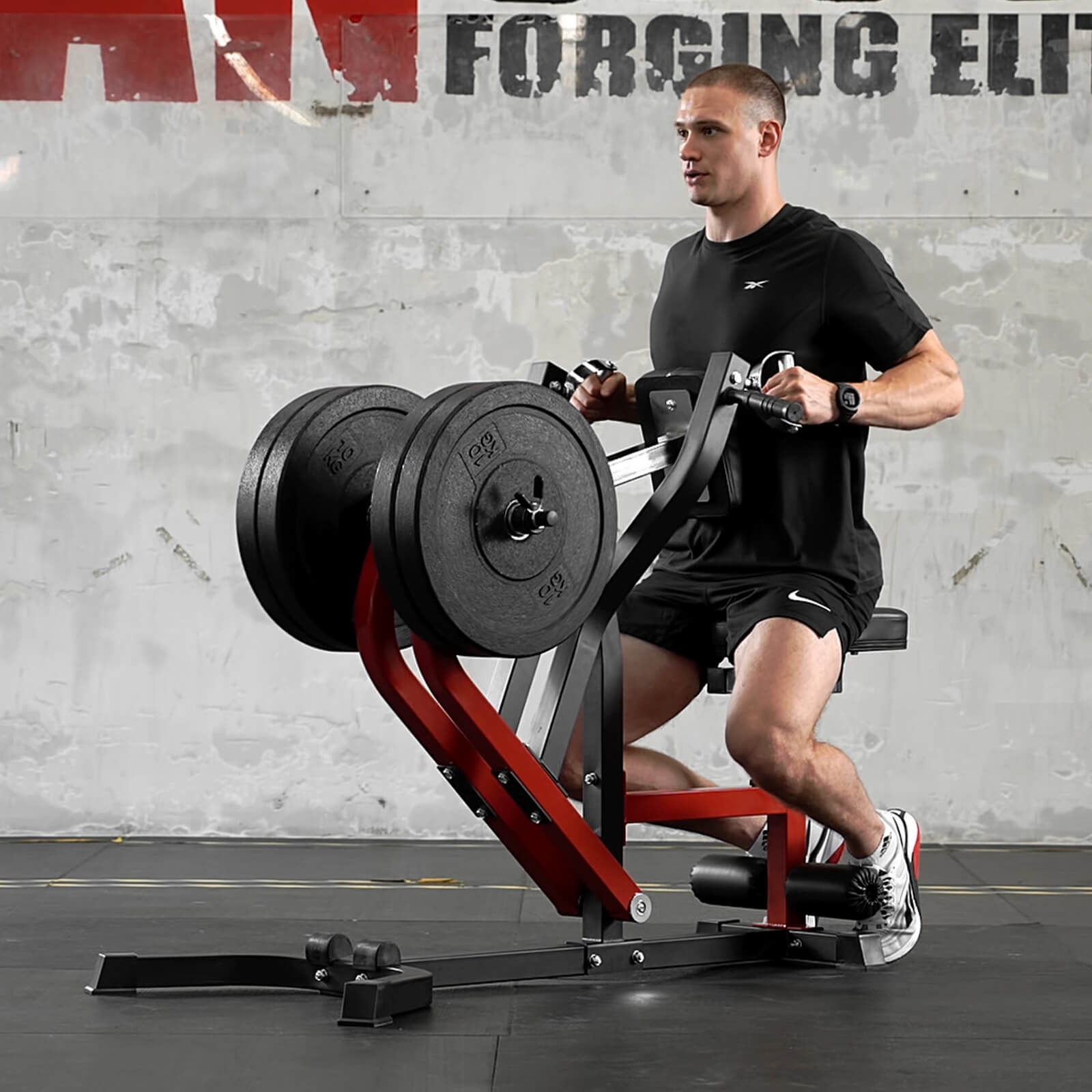
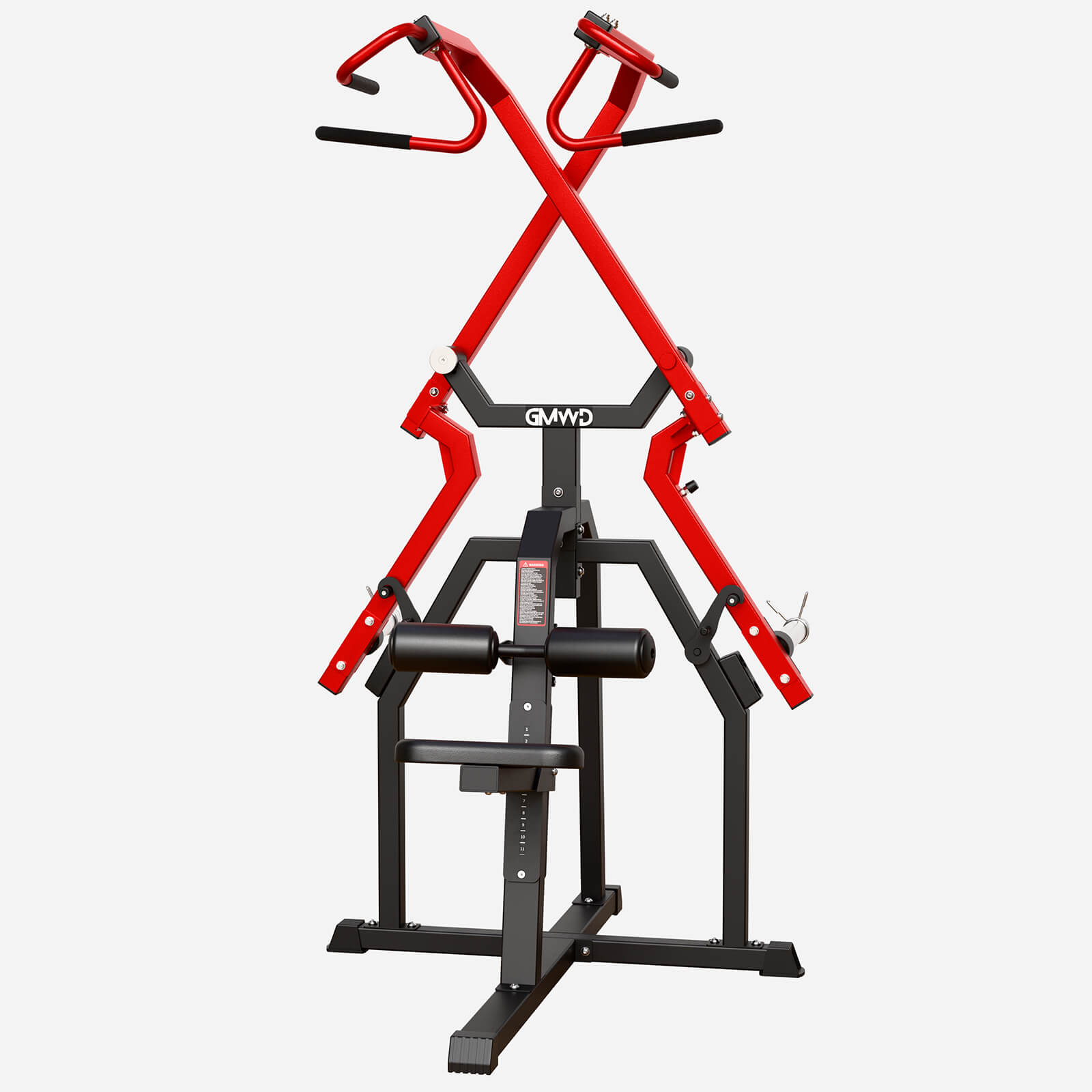
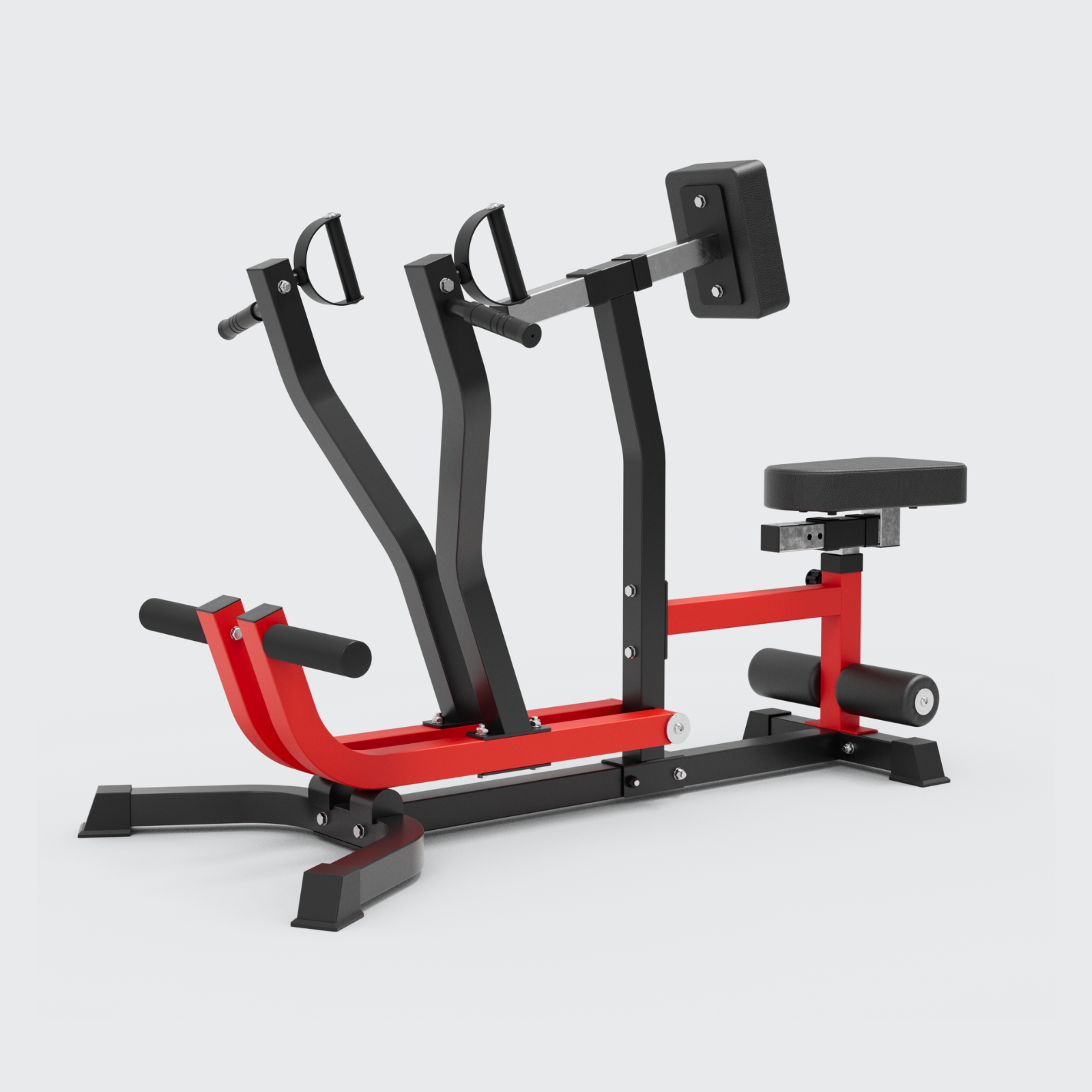
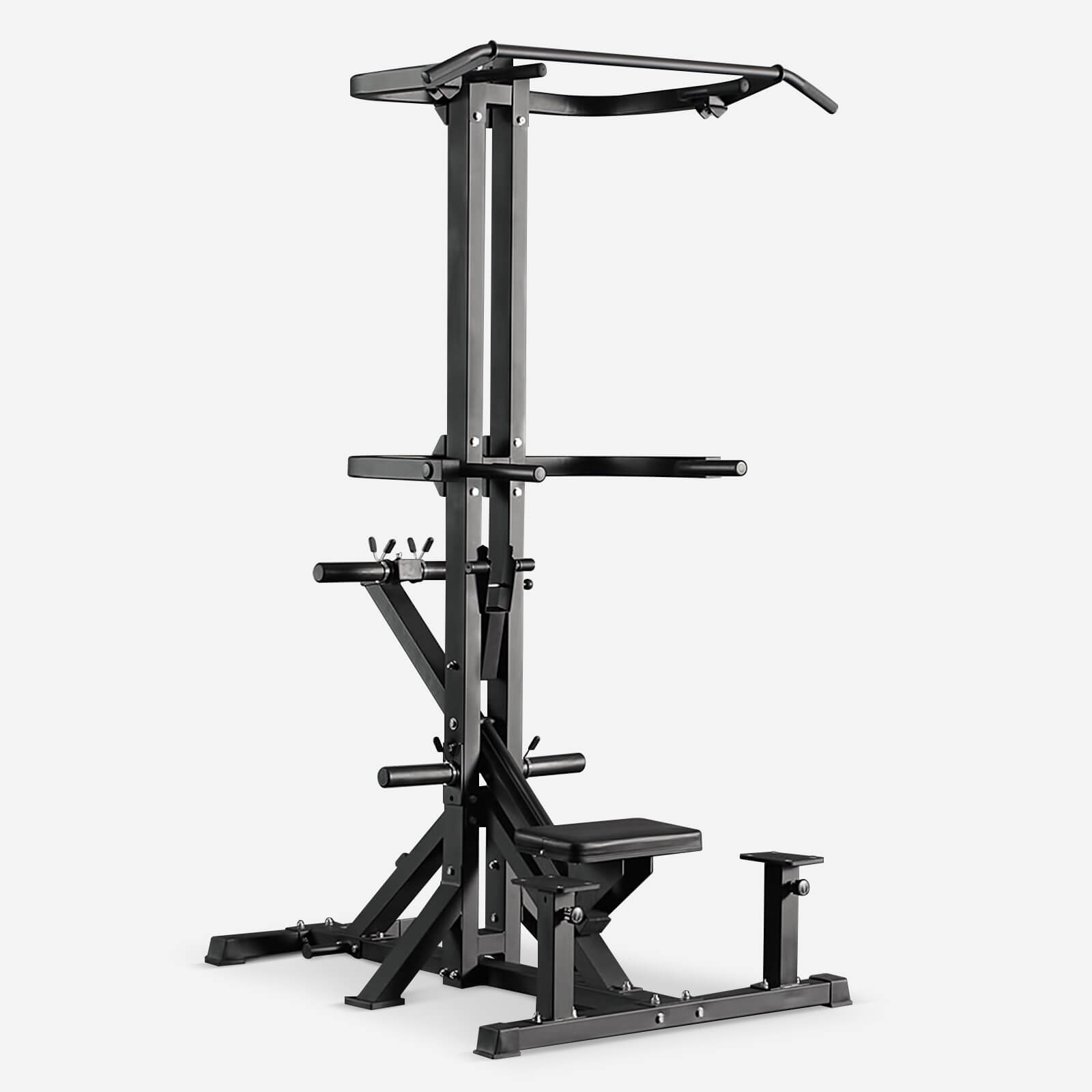

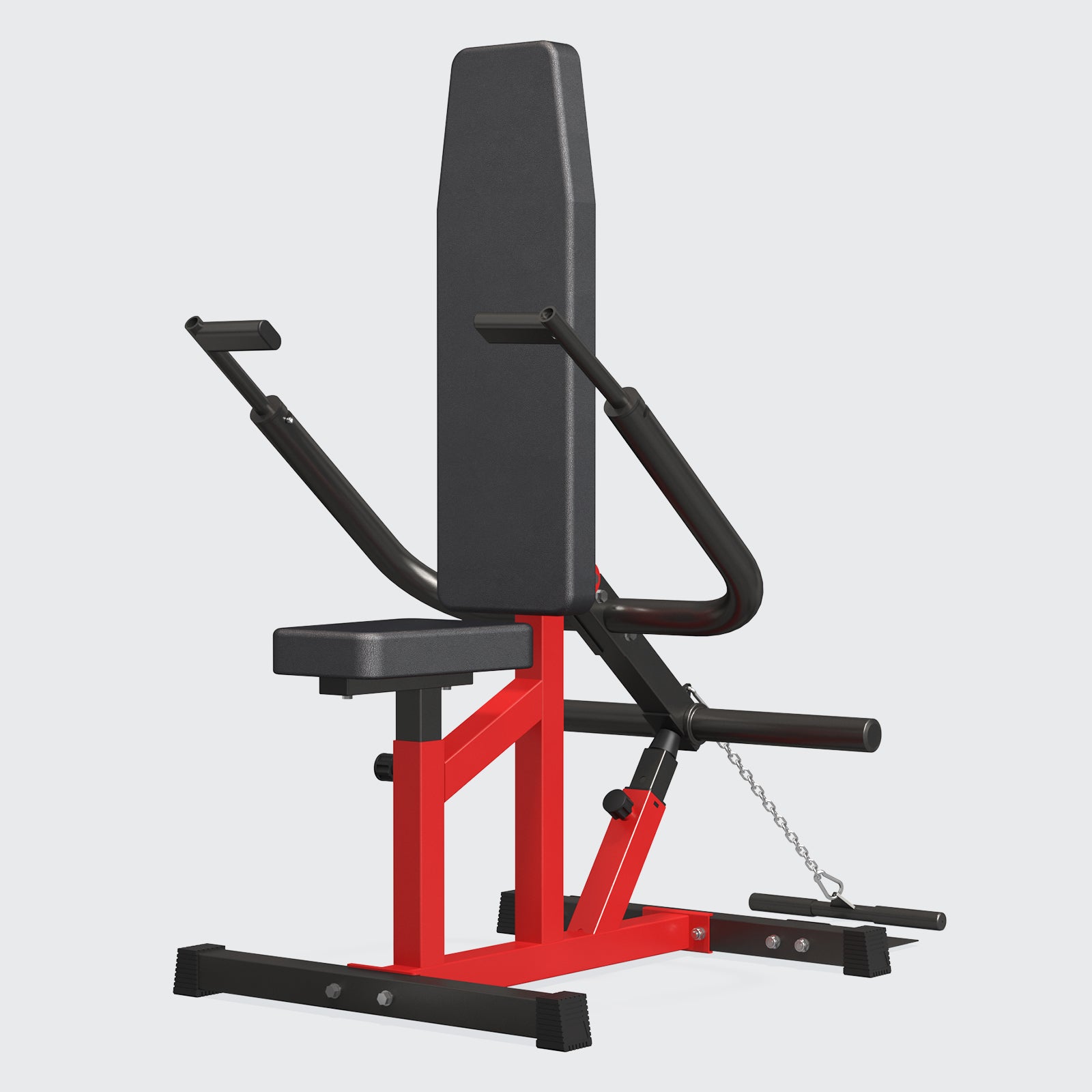
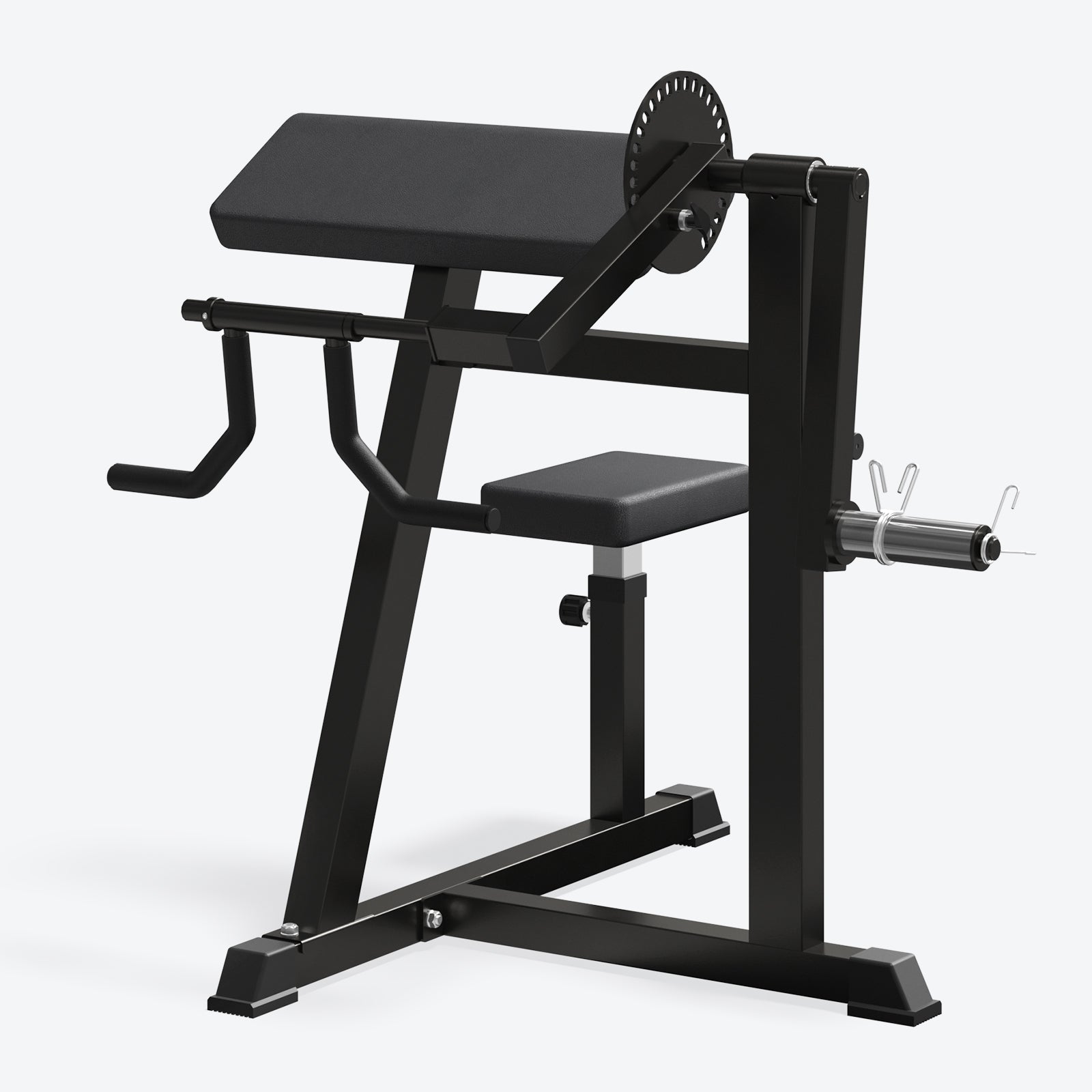
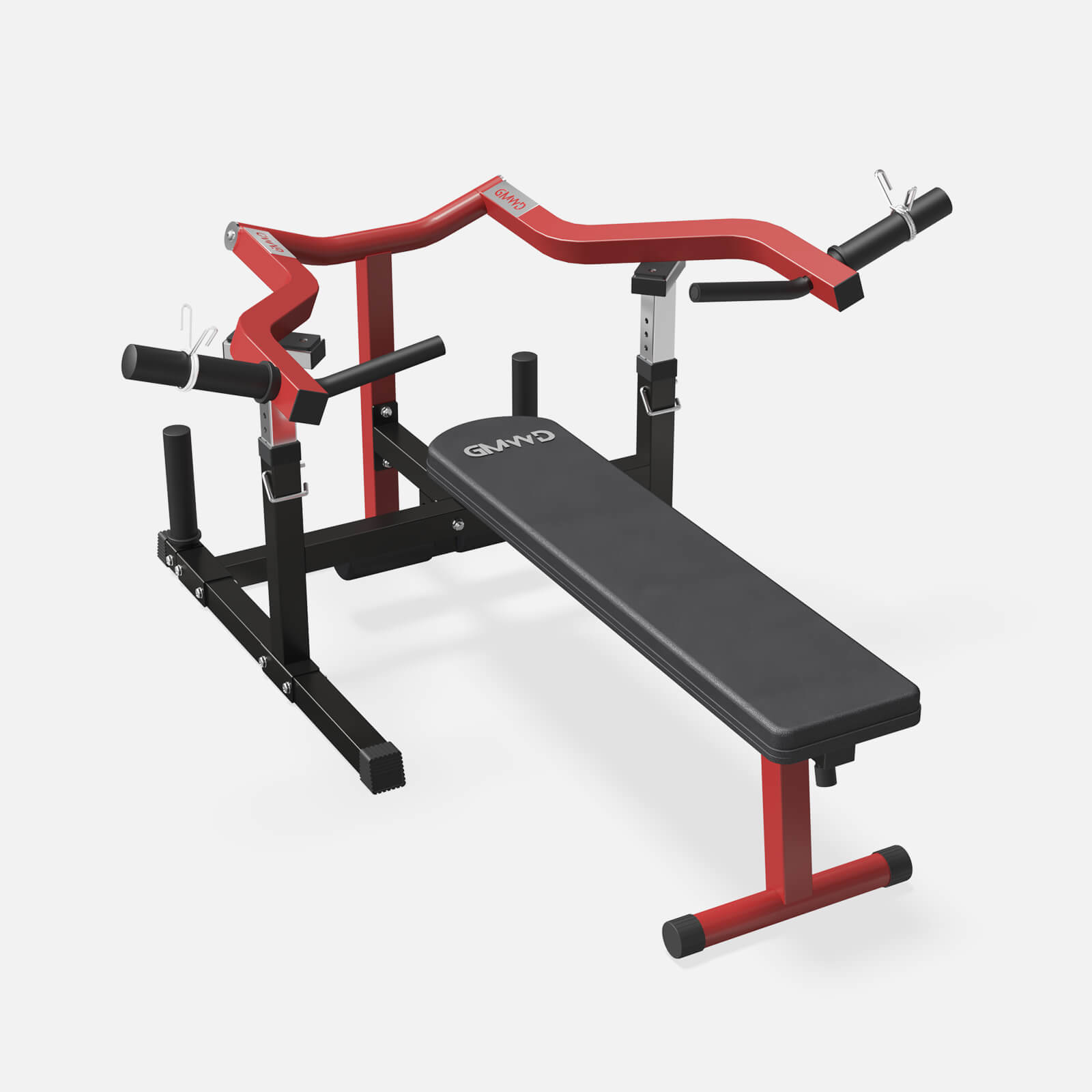
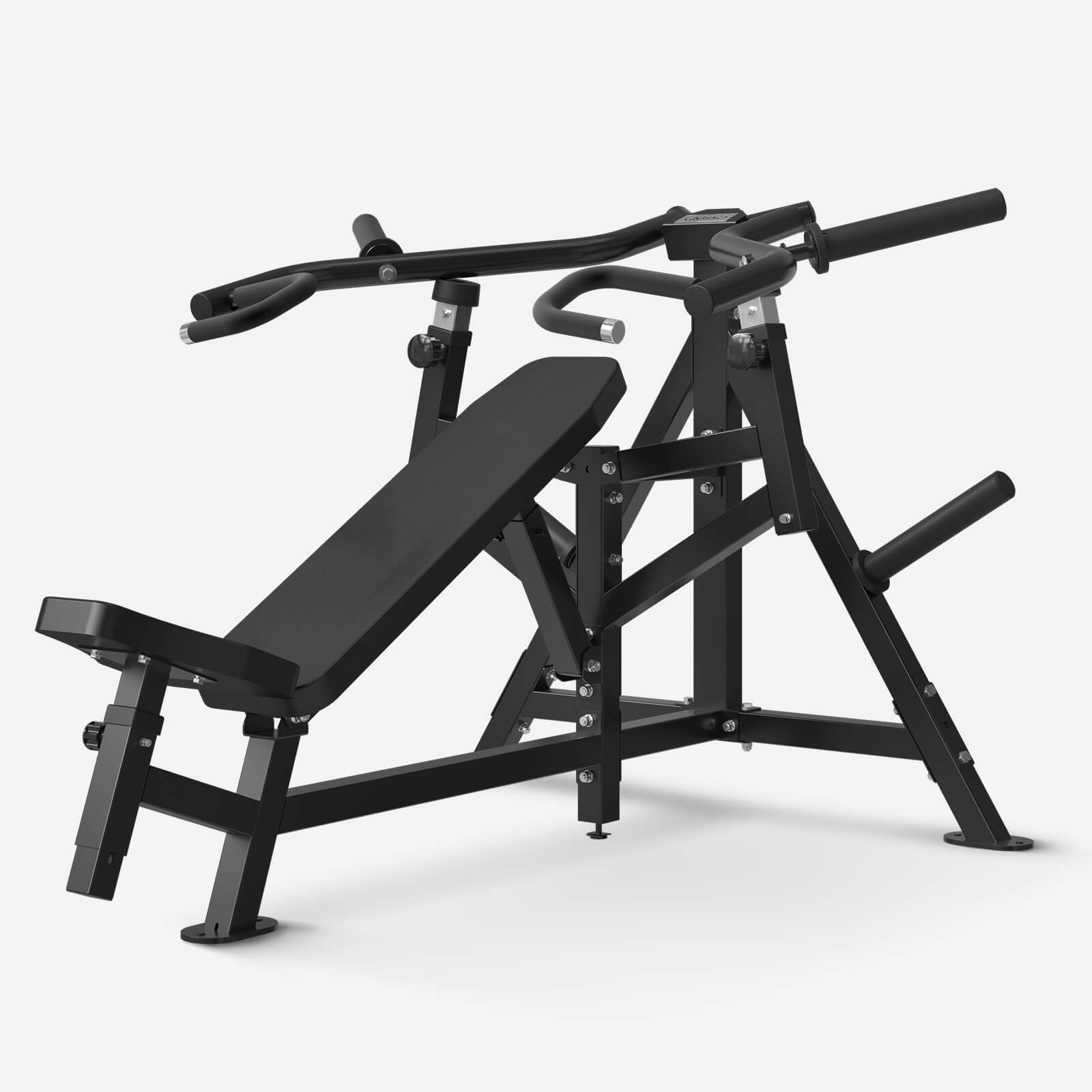
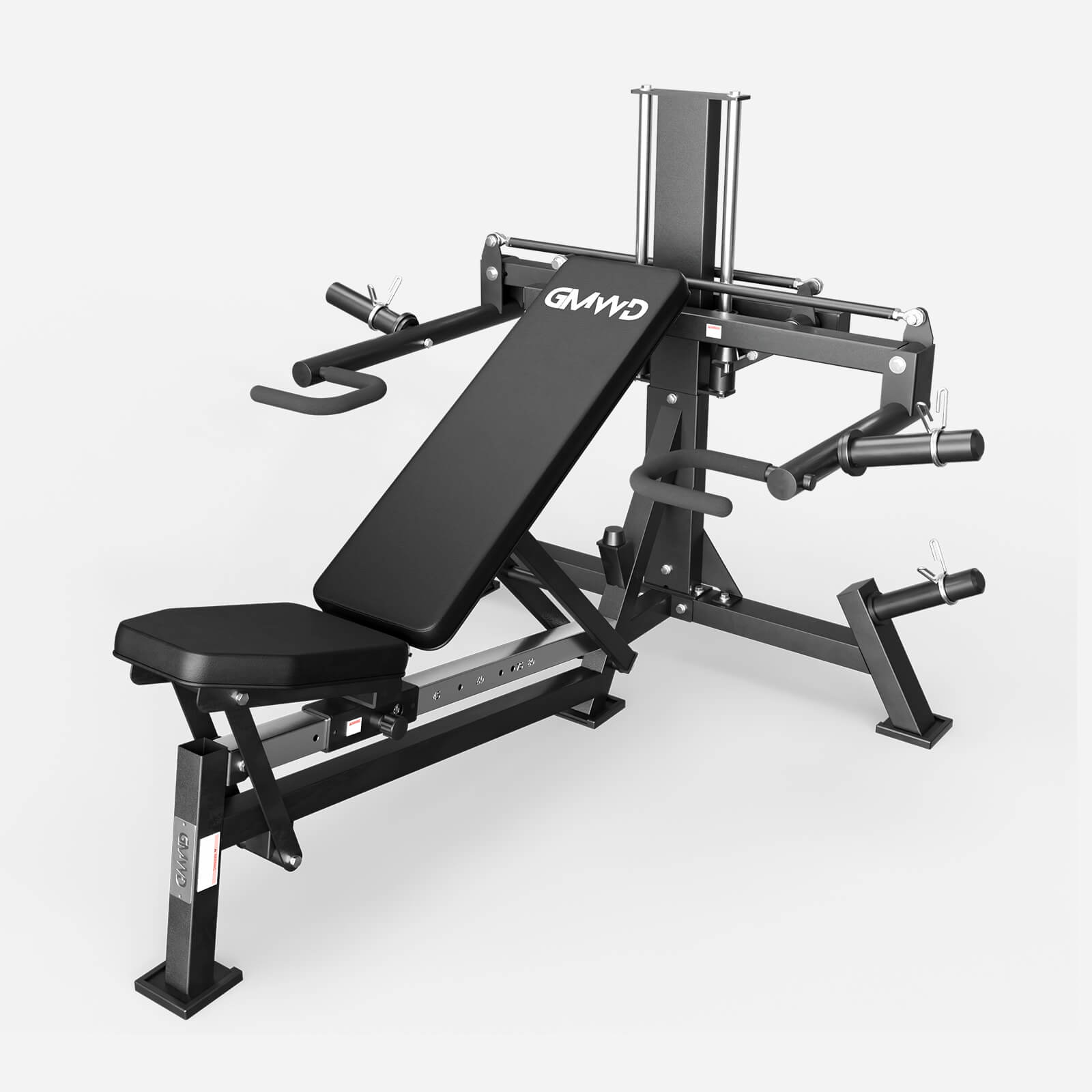
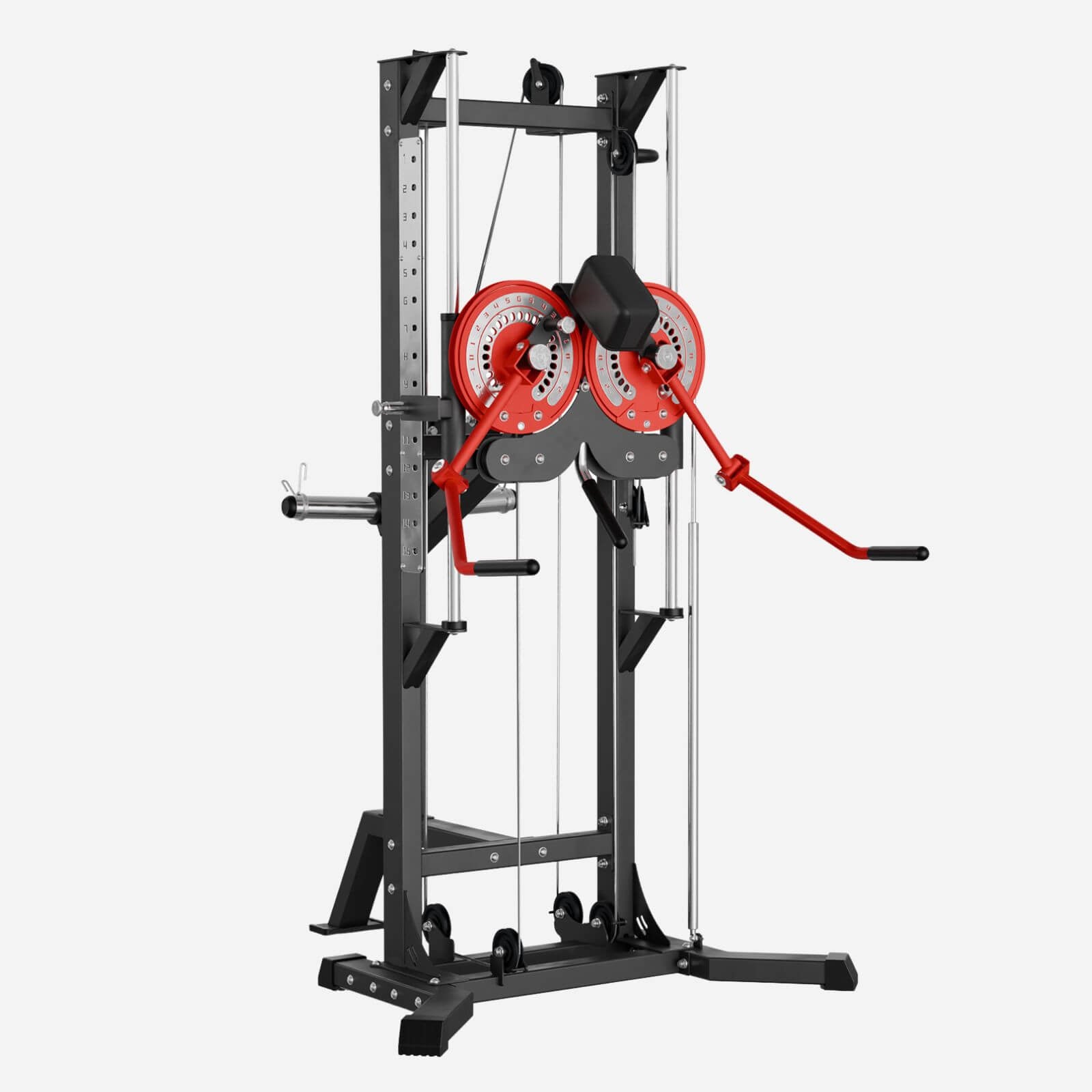

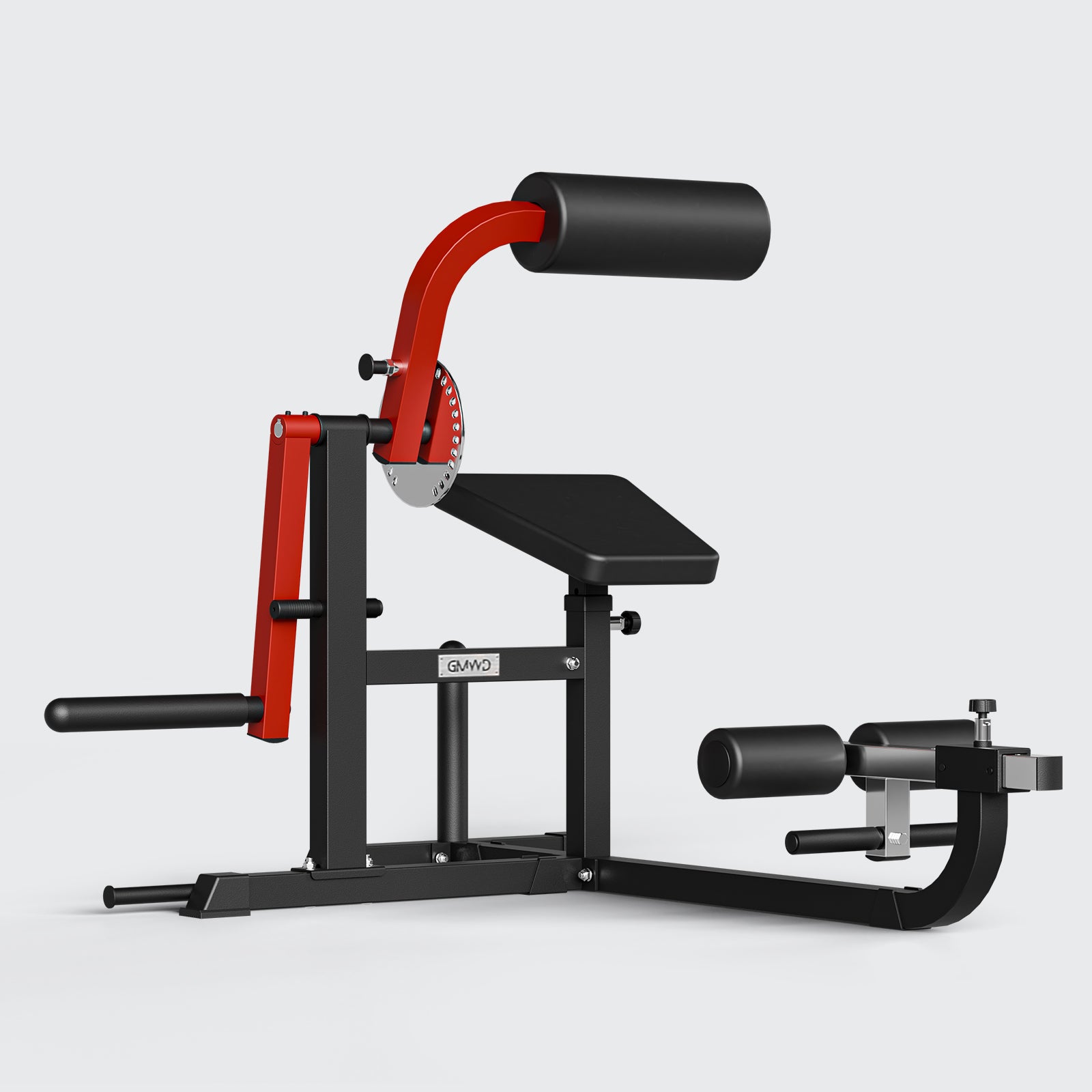
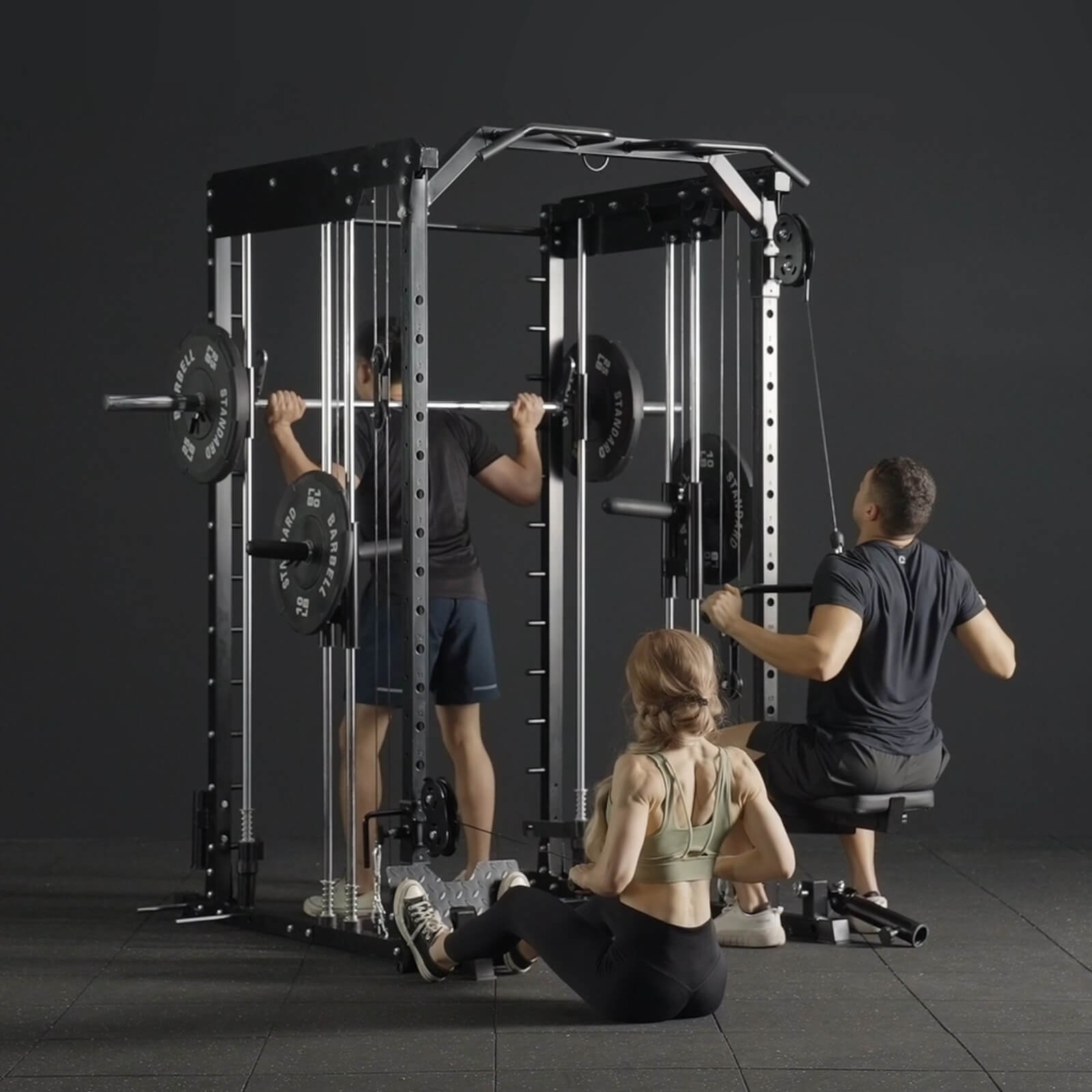
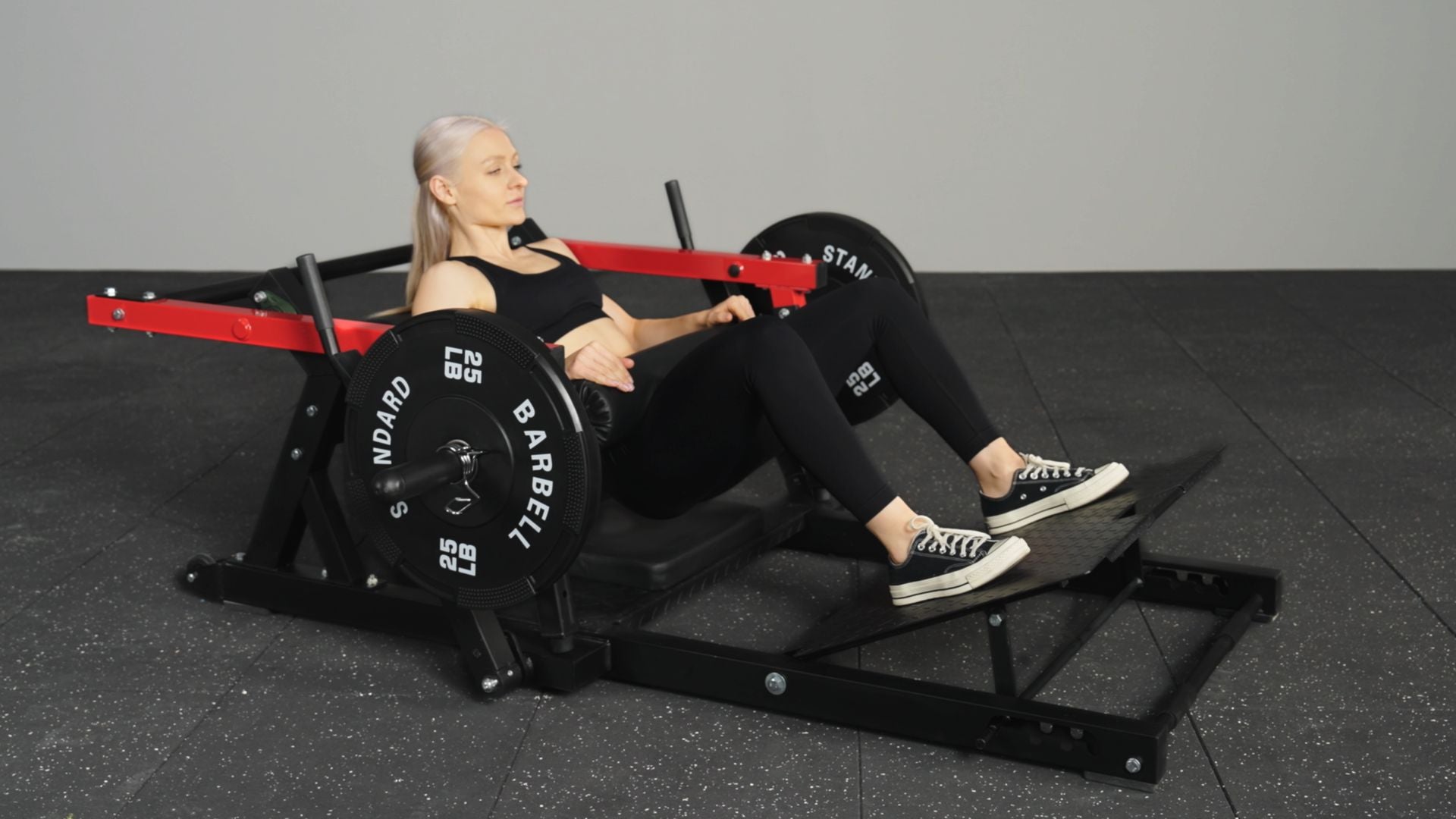
Leave a comment
All comments are moderated before being published.
This site is protected by hCaptcha and the hCaptcha Privacy Policy and Terms of Service apply.